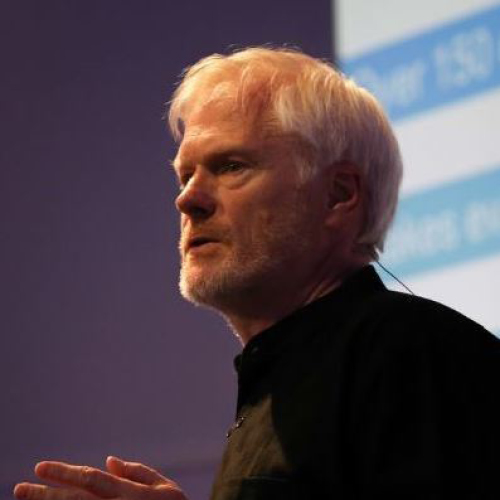Change the culture and sprint through transformations, say former CTO and business advisor.
Fin Goulding and Flow Academy business partner Haydn Shaughnessy have penned three books, the latest called Transformation Sprint, to provide CXOs the tools they need to transition towards becoming organizations that are comfortable with change. The duo has created their business and books to help companies modernize and thereby avoid the high rate of failure that transformation projects experience.
“We can no longer afford the luxury of being tripped up by problems that are so commonplace that, in truth, they should have been dealt with years ago,” the duo writes in the book Transformation Sprint. “We found that businesses are faced with a transformation challenge roughly once every four years.” At the center of the challenge is poor culture. “There is a business and IT divide that is very entrenched,” Shaughnessy says. Adding: “With the banks, there was an inability to set a strategy that would benefit from what IT is offering.” A number of studies by analyst houses and management consultancies find that 80% of business and technology transformation programs fail. Shaughnessy, a strategy expert, and writer says organizations fail to strategize enough, instead spend too much time re-labelling existing methods. Goulding adds that this wastes time: “Organizations spend three months creating Powerpoints, three months getting buy-in, and then three months getting people in place. You cannot afford that time.”


Are CXOs the Problem?
“CEOs are nervous of radical change as it is expensive and can fail,” says Goulding. Both state that technology has its own pace, a pace that is different from that of the rest of the business and its own unique language, despite the concerted efforts of CXOs like Goulding to speak the language of business. The result is, according to Shaughnessy, CEOs just don’t have the knowledge and understanding of what technology offers their business. “If you are an executive, you are trying to figure out how to enhance your operational business, so how do you acquire the skills to redesign moving operating models and to do that continuously?” Shaughnessy clearly sympathizes with the challenge for non technology CXOs who are seeing new technologies come to fruition but have other responsibilities. It was this understanding that led Shaughnessy and Goulding to work together to develop and write about Flow as a way for CXOs to enact change and, in doing so, learn on the job.
Goulding’s own career led him to his belief in Agile methods. He began his career as a systems and software development leader before progressing to a CTO at Lastminute.com. Lastminute.com is a pioneer of e-commerce and brought iterative development and management practices to Goulding’s attention, and he has never looked back. “I had worked on digital transformations that didn’t succeed in two years and others that spent millions and then got cancelled,” the CTO says.

Forming a Flow
The duo met when Shaughnessy was advising a major bank in need of change. At the time, Goulding was the CIO and CTO of gaming firm Paddy Power. Under Goulding’s technology leadership, Paddy Power had embraced Agile and become an iterative business, releasing new products and services on a regular basis. Banks, meanwhile, were struggling to move away from legacy technologies and business methods.


Additional Content

ARTICLE
The Benefits of DBAAS Without Vendor Lock-in? Yes, It's Possible

Cloud Counsel
The Life and Career Stories of Fin Goulding and Haydn Shaughnessy







